The Engagement
Competition Team
Jean-Michel Humbert (FR), architect
Europan 14 TornioHaparanda (FI/SE)
runner-up
Team Point of View
How can we re-imagine productivity at the intersection of two countries, two cities and three cultures?
Our proposal focuses on re-negotiating the hierarchy of elements that a border condition creates and questions the future of production. We decided not to let cars dictate the condition of the street, but rather have the pedestrian, the walker, the nature-enthusiast, the cyclist and the young entrepreneur reclaim the landscape. A new public space overlapping the border softens the status of the road and engages the relationship between the two cities making them stronger, more attractive and closer than ever. Our proposed ringed space embraces the border and marries both sides together while the pattern of dispersal established by the ring has the potential to promote further growth out into both countries and support the tourism industry.
Jury Point of View
The team proposes a unique solution to slow down traffic on the E4 and to have visitors stop at the site. The highway has been diverted onto the perimeter of the Rajakaari circle motif and the existing roundabouts have been removed. Rajakaari circle would be fully built to house facilities suitable for the Productivity theme, such as an information centre, a farmers’ market and a community garden. The circular motif serves as a giant roundabout slowing down and controlling traffic while also standing out as an attraction. Realigning the E4 also frees the parkland around the river mouth from traffic, making it a more inviting meeting point connecting the two cities.
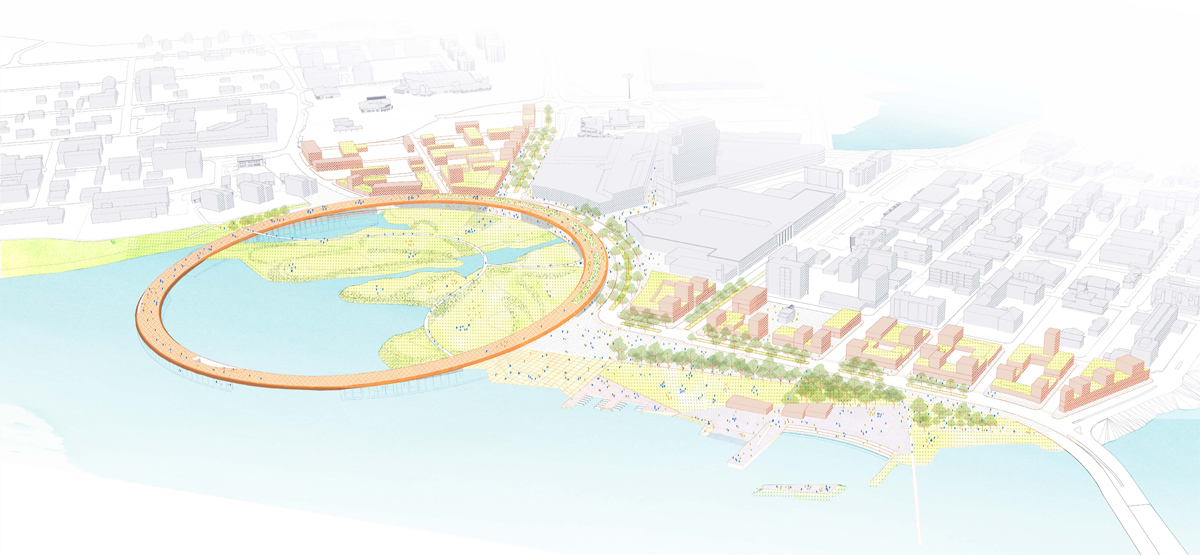
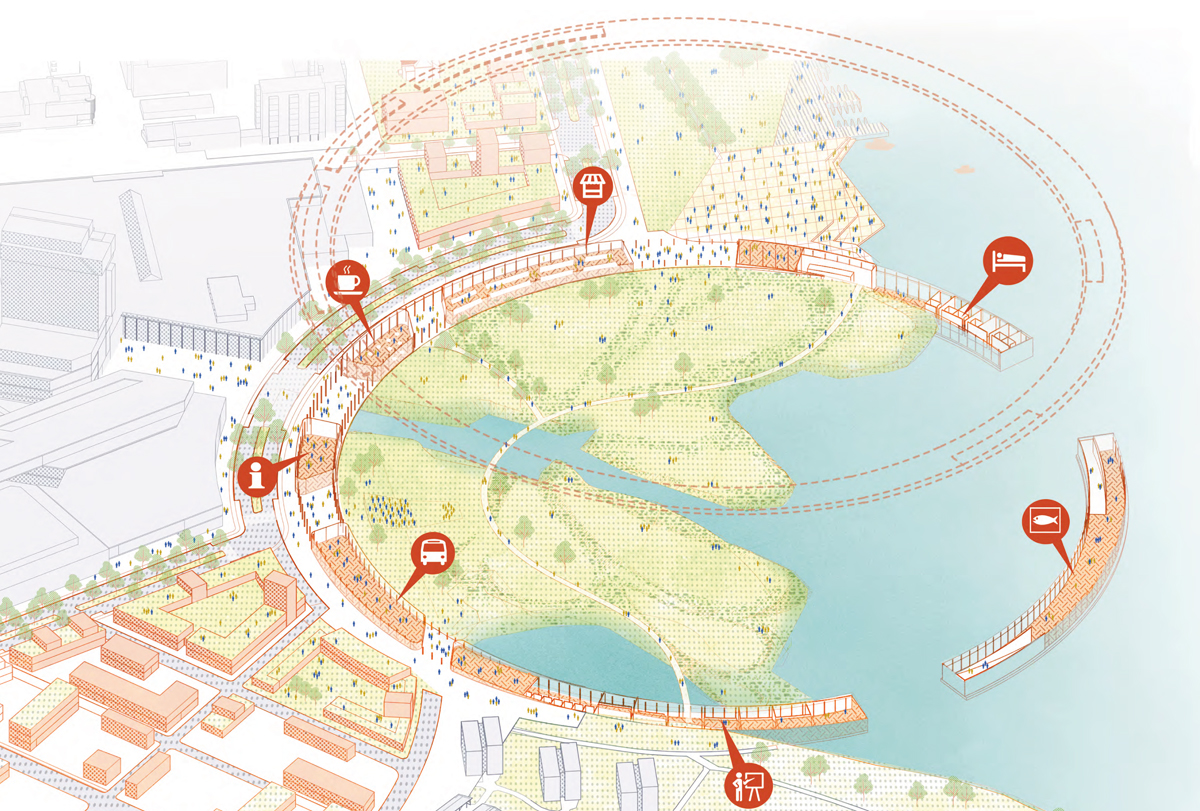

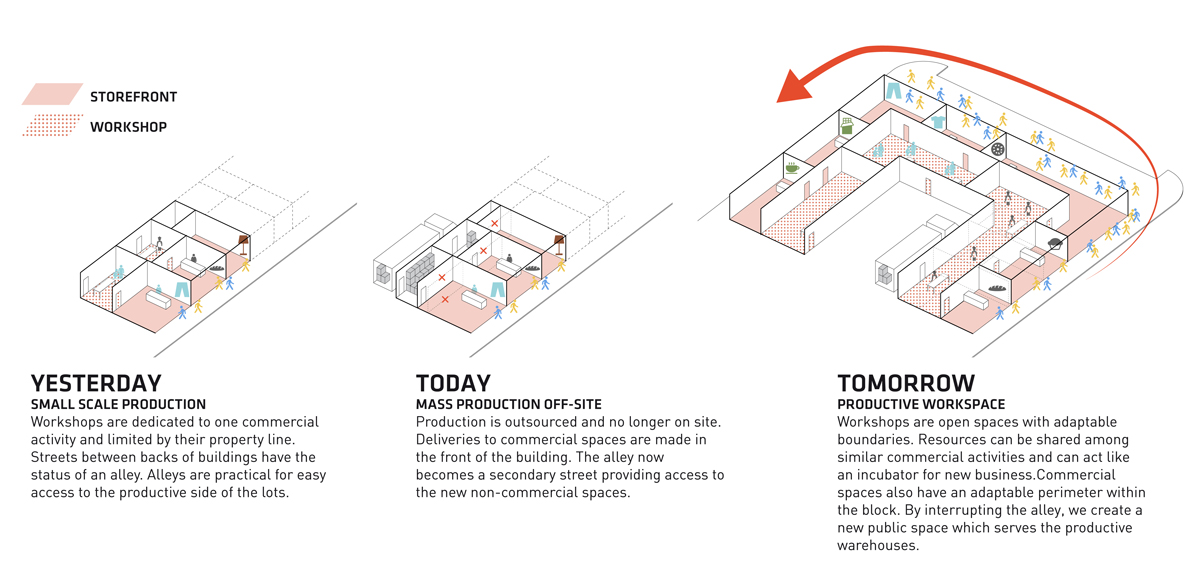
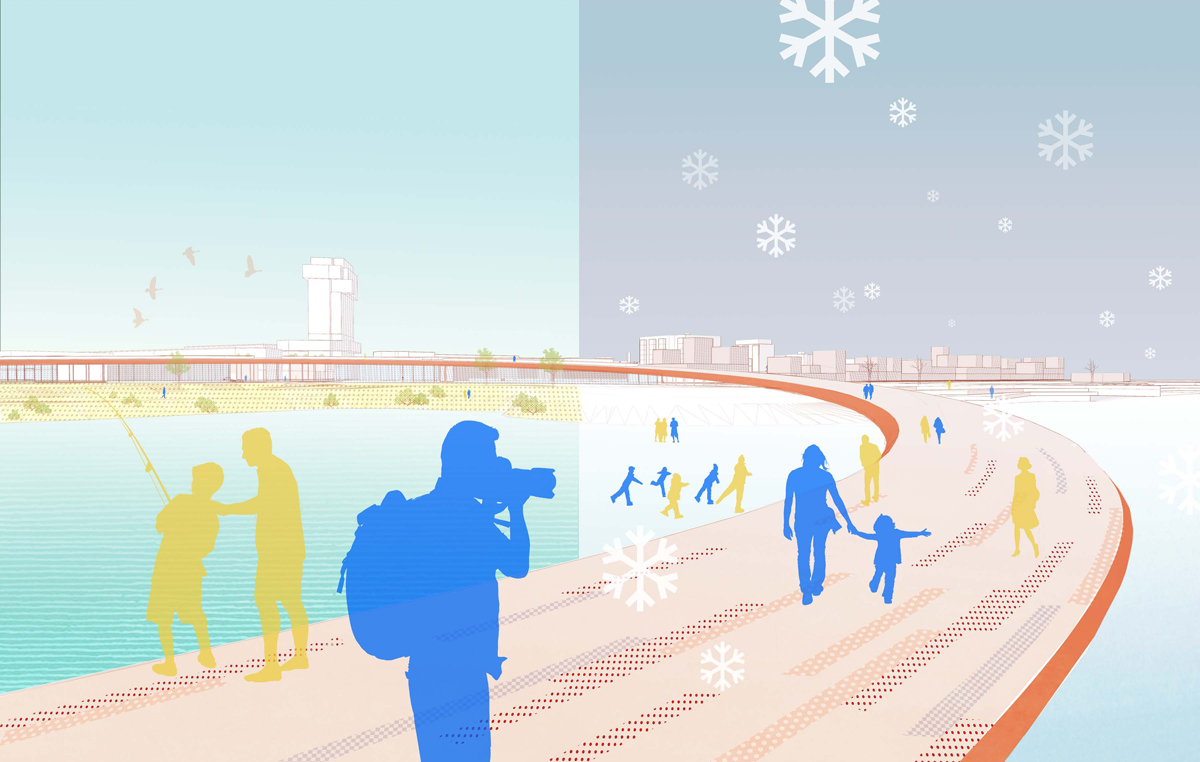
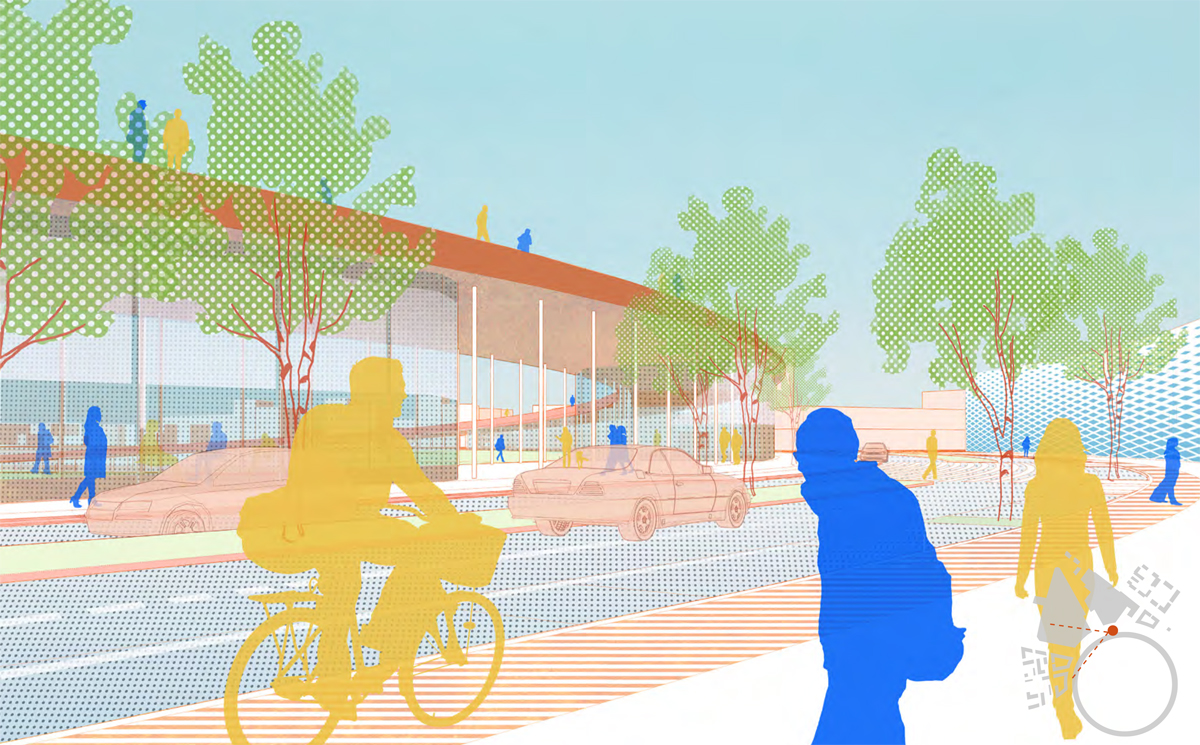
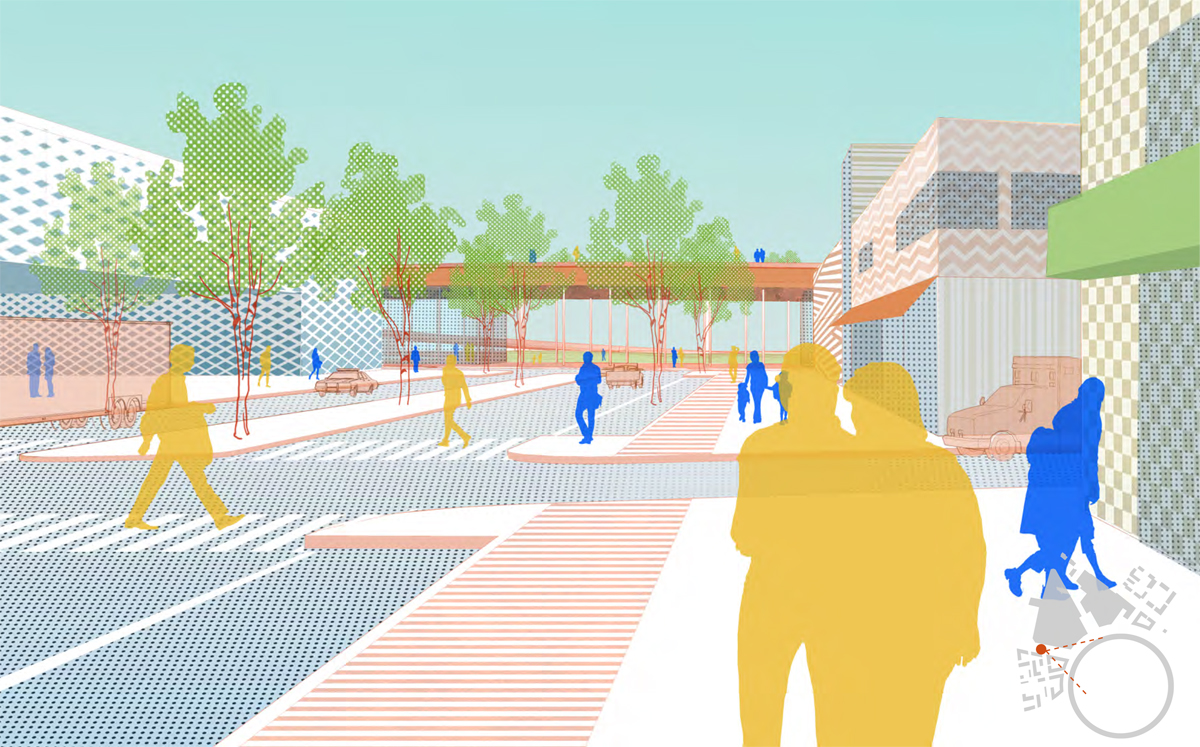
Site informations
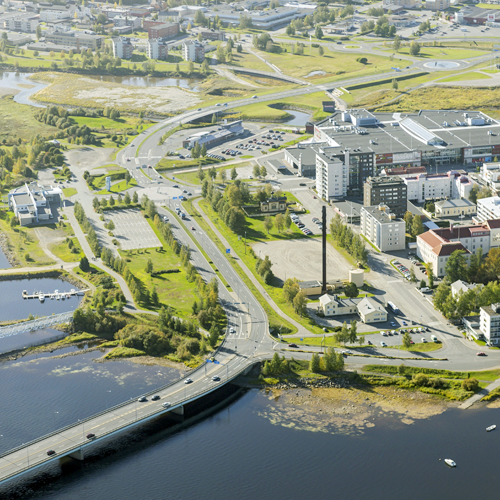
TornioHaparanda (FI/SE)
Synthetic site file EN